More than an allegory for puberty told through the lens of horror, “Ginger Snaps” is an empowering and subversive tale of sisterhood.
Ginger Snaps is a coming of age horror film about two death-obsessed sisters who would rather be dead than ‘normal’. One of the sisters is bitten by a werewolf the night she gets her first period, the aftermath of which tests the bonds of their sisterhood. Ginger Snaps stars two young scream queens, Katharine Isabelle (Goosebumps, American Mary, Freddy vs Jason) as Ginger, and Emily Perkins (young Beverly Marsh, IT mini series) as Brigette.
Ginger Snaps subverts the expectations of a horror story centering menstruation and coming-of-age. Rather than using the all too common ‘hysterical woman’ or ‘monstrous feminine’ tropes, it drives viewers to question the rules of abject femininity in horror.
The bonds of sisterhood are commonly portrayed in horror. Sisters are seen as a force to be reckoned with; they are stronger together than apart, standing by each other’s side no matter what. This certainly is the case in Ginger Snaps. Ginger and Brigitte share secrets, they’re fiercely protective of each other, and together they are resilient. They even have an oath to kill themselves together.
Throughout the film, you can see the bond they share, especially how protective these sisters are of one another. When Brigitte is antagonized in gym class, Ginger is by her side and stands up to her bully. Later Brigitte tries to rescue Ginger when she is attacked by the creature, and then she seeks out help from someone claiming to have knowledge of lycanthropes, in hopes of stopping her sister’s transformation.
The bonds shared by these sisters empower them in their own ways.
When Brigitte tries to find her sister help, she breaks out of her shell and begins defying her sister for the first time. Prior to Ginger’s transformation they had a typical sister relationship, with Brigitte as the younger sister who wanted to be just like her big sister. When Brigitte sees how much Ginger has changed, and not just physically, she becomes frightened and determined to save her sister from fully transforming into a werewolf.
However, Ginger embraces her transformation. While at first this transformation is seen as grotesque, focusing on the body horror — with blood and hair blurring the line between human and animal — eventually Ginger subverts this abject femininity by claiming it as her own. “Well maybe I like my edge, thanks.”
When Brigitte finds a cure, Ginger refuses. The girl who didn’t want to be like anyone else finally got her wish. She doesn’t want to go back to before; she feels powerful in her transformation. Ginger’s refusal to be cured causes her relationship with her sister, which is already tense due to the secrets and lies piling up, to be strained like never before. The sisters part ways with harsh words and as the film nears its end, and it seems the bond between these sisters has diminished.
Brigitte and their mother set off to look for Ginger, seemingly to put an end to the slaughter perpetuated by Ginger as her transformation has taken a deeper hold. Brigitte finds Ginger, and she pleads with her sister again to take the antidote. With Ginger transforming more rapidly, it’s now a matter of life or death.
Brigitte does not want to become the monster she considers her sister to be, but Ginger reminds her sister of their promise to die together, “Out by 16 or dead on the scene, but together forever.” Rather than be without her sister, Brigitte embraces her sister with a blood oath which infects her saying, “Now I am you.”
In a twist, we discover Brigette only did this because she knew she had more of the antidote at home, and she knew this was the only way to get her sister to listen. However, by the time she gets Ginger home, her sister’s transformation has fully taken hold.
In the end, there is a showdown between Ginger Wolf and Brigette, after Brigette refuses to partake in eating someone Ginger has killed. Once again, in a gut-wrenching final scene, Brigette begs Ginger — who is now fully transformed into a werewolf, seemingly with no autonomy or sentience — to let her give her the cure. As Ginger Wolf refuses and advances on her sister, Brigette has no choice but to kill or be killed.
While at times these sisters are fighting monsters, throughout the film they are also fighting back against a narrative they refuse to fit into. Ginger and Brigitte do not want to be seen as ‘normal girls’.
As Ginger says while she and Bridgette dig their first grave, “No one ever thinks chicks do shit like this. Trust me, a girl can only be a slut, bitch, tease, or the virgin next door. We’ll just coast on how the world works.”
These tropes, which simplify and trivialize women, are common in film. By making these nods, Ginger Snaps lets the audience in on the bending of the genre rules.


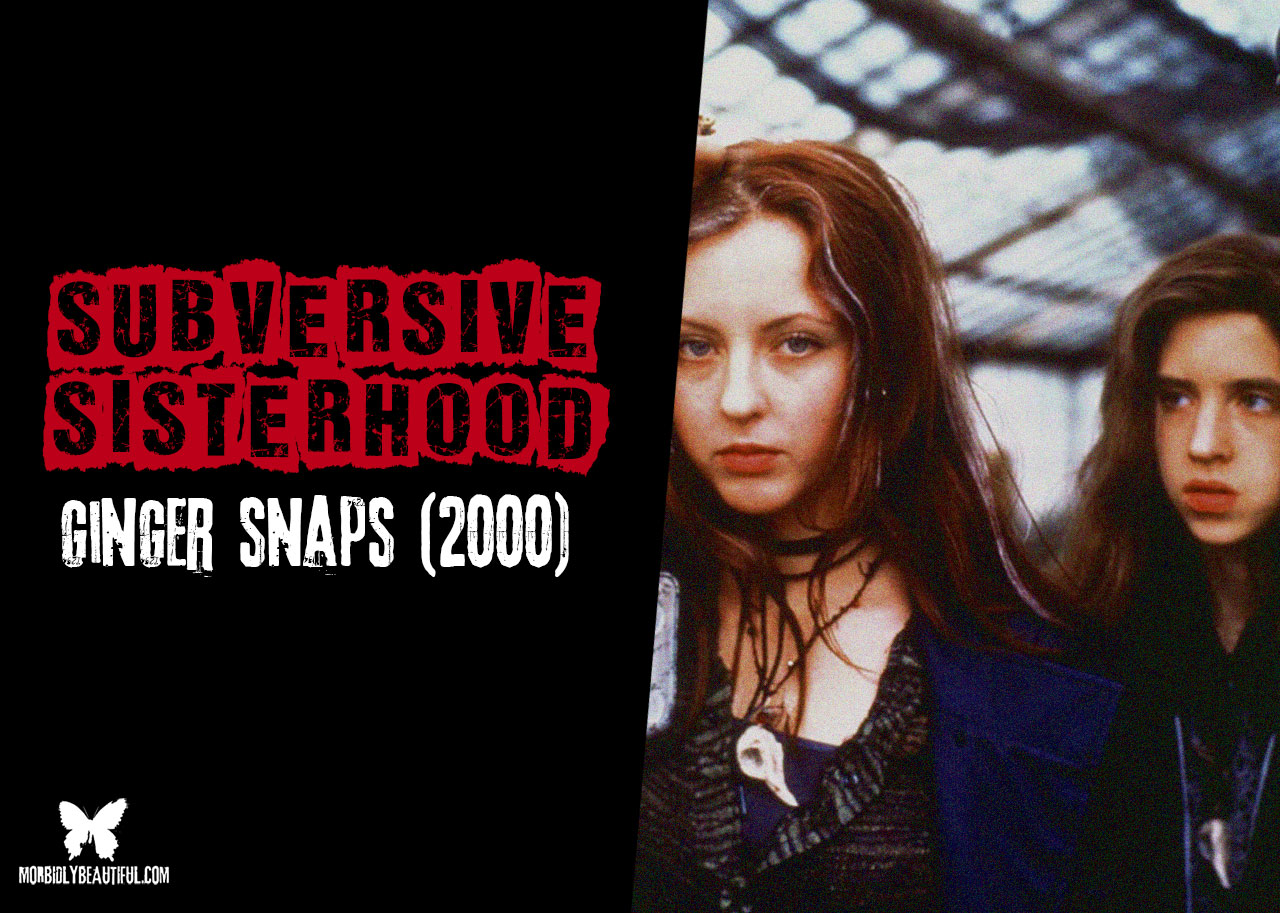
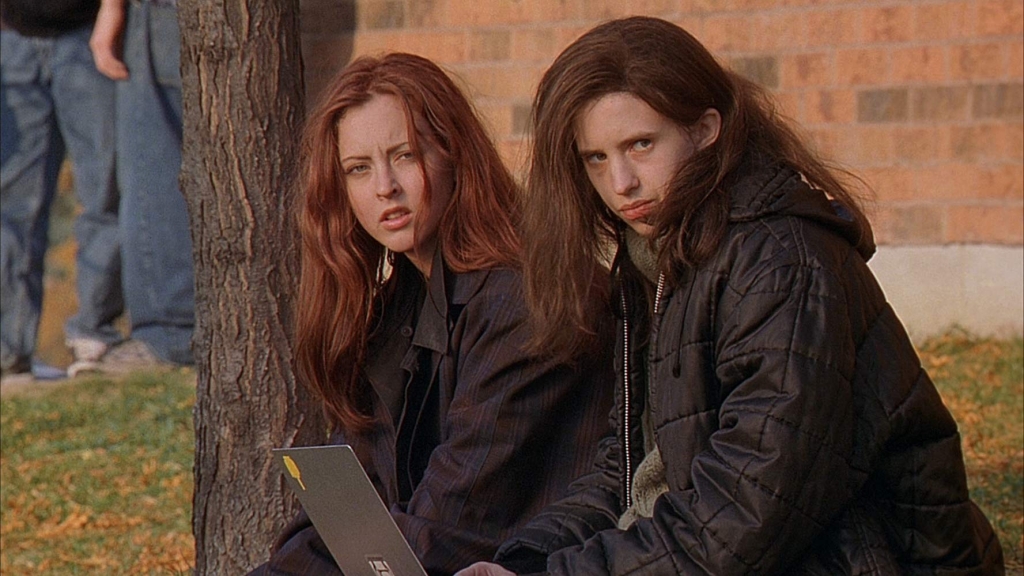
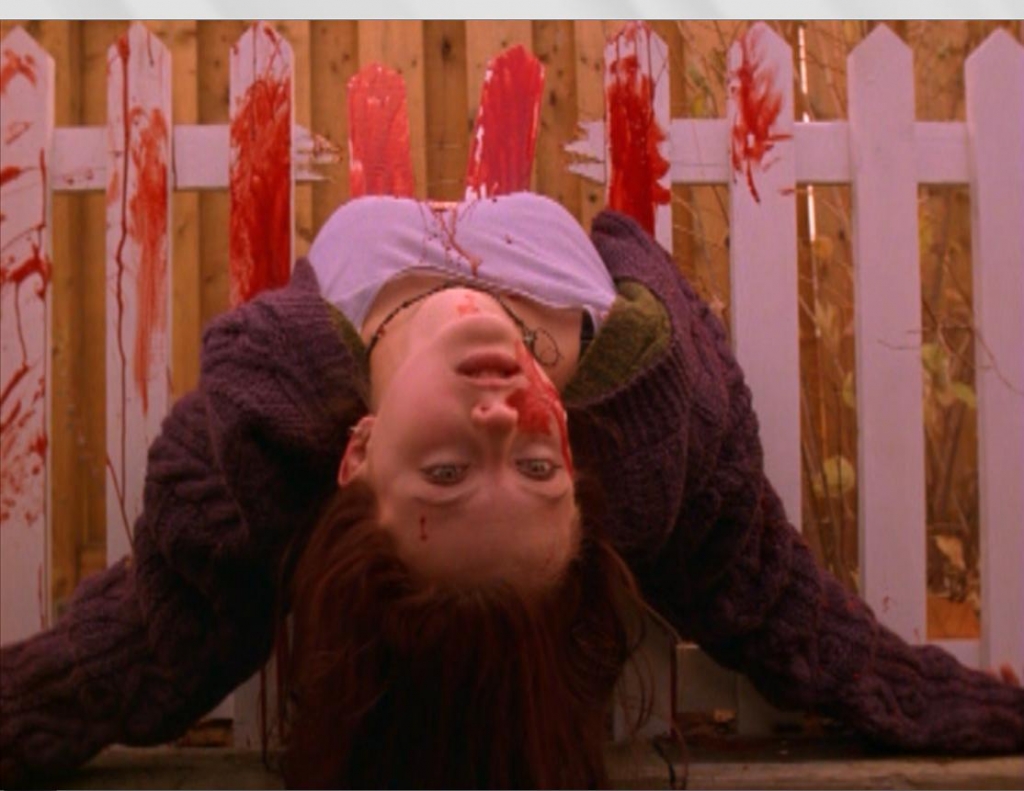

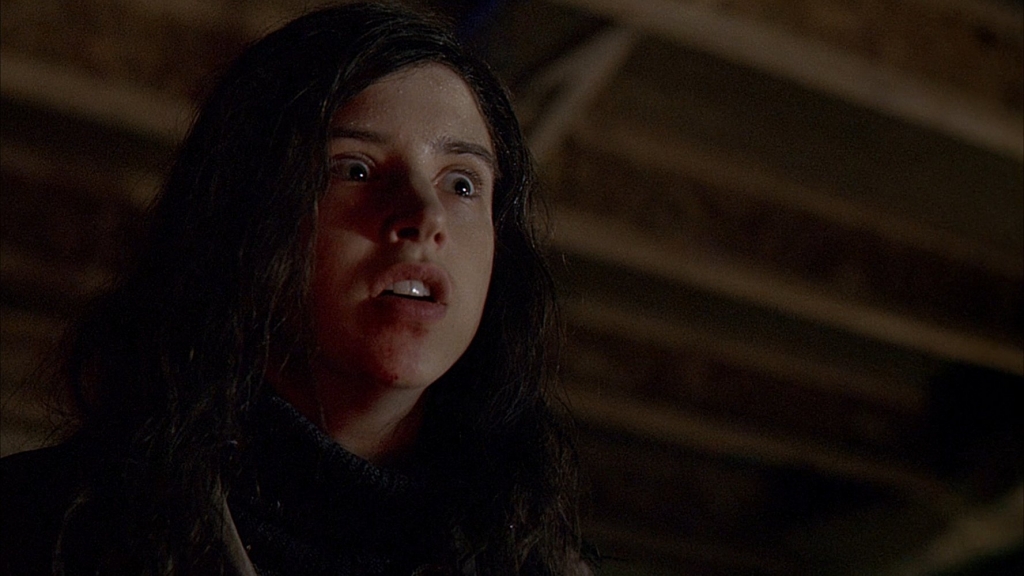




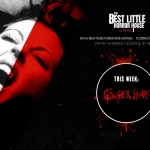








Follow Us!